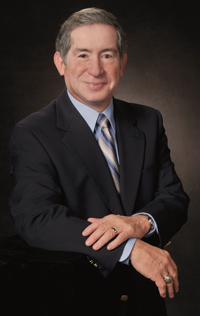Second Quarter 2011-Issue 4
Note from Coach Mario- At the End of the Day- “Great Leaders Ask Great Questions”
As one moves up the organization and away from their technical area of expertise, it becomes vital that behavioral competencies grow to replace the technical competencies. While it is important to have the perspective that technical competencies serve one well as a “baseline” foundation, they are no longer sufficient competencies. As one becomes the business leader, greater focus is on the leader’s behavior and leadership style and financial and nonfinancial results achieved.
A critical technique to use in the leader’s evolution from technical to behavioral competencies is asking great questions. As traditional subject matter experts, one becomes used to knowing the answer and truly believing the most value is added only when one has the answer. While being technically competent is important, as one moves up the organization and has responsibility and accountability for a broader segment or the overall business, the leader is not expected to know all answers to all problems but must instead rely on others for critical input, particularly when in a decision-making mode. Therefore, the leader needs to be able to synthesize and be more discerning of the input. This is where increasing the aptitude for asking great questions become integral to problem-solving and/or understanding others. In general, ask questions that:
- Reflect active listening and an understanding of other’s perspective.
- Evoke discovery, insight, commitment or action (e.g. those that challenge assumptions).
- Are open-ended that create greater clarity, possibility or new learning.
- Move others towards what they desire, not questions that ask for them to justify or look backwards.
As Albert Einstein said, “If I had an hour to solve a problem and my life depended on the solution, I would spend the first 55 minutes determining the proper question to ask, for once I know the proper question, I could solve the problem in less than five minutes.” Asking great questions can reveal information needed for maximum benefit.
Practice asking the proper questions and develop a leadership style that energizes and empowers others in this intellectually stimulating approach to understanding different perspectives and/or problem solving.
–Mario Flores
Mario Flores. All Rights Reserved. No part of these materials may be reproduced in any form without written permission.

